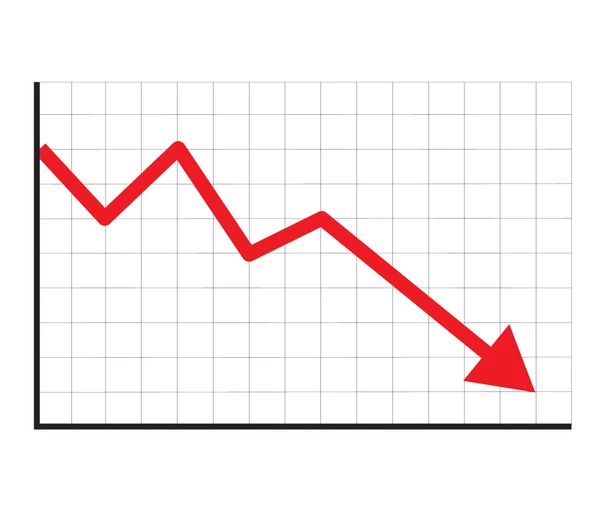Essential Guide to Emergency Food Storage
- Agrarian Guild of Requiem
- Sep 18, 2024
- 3 min read
In today’s unpredictable world, being prepared for emergencies is more important than ever. One crucial aspect of preparedness is having a reliable food storage plan. Whether it’s a natural disaster, power outage, or any other unforeseen event, having a well-thought-out food storage strategy can provide peace of mind and ensure your family’s well-being. Here’s a comprehensive guide to help you get started.
Why Food Storage Matters
Emergencies can strike without warning, disrupting supply chains and making it difficult to access fresh food. By having a stockpile of non-perishable food items, you can ensure that your family remains nourished during challenging times. Additionally, food storage helps you avoid the panic buying that often occurs during emergencies, allowing you to stay calm and focused.

What to Store
When it comes to emergency food storage, variety and nutrition are key. Here are some essential items to consider:
Canned Goods: Beans, vegetables, fruits, soups, meats, and seafood are excellent choices. They have a long shelf life and provide essential nutrients.
Dry Goods: Rice, pasta, oats, and other grains are versatile and can be used in various recipes.
Freeze-Dried Foods: These are lightweight, have a long shelf life, and retain most of their nutritional value.
Nut Butters: Peanut butter and almond butter are great sources of protein and healthy fats.
Dehydrated Foods: Fruits, vegetables, and jerky can be stored for long periods and are easy to prepare.
Comfort Foods: Don’t forget to include some treats like chocolate, coffee, or tea to boost morale during stressful times.
How to Store
Proper storage is crucial to ensure the longevity and safety of your food supply. Here are some tips:
Cool, Dry Place: Store food in a cool, dry area away from direct sunlight and moisture. Basements, pantries, and closets are ideal locations.
Pest Protection: Use airtight containers to protect food from pests and rodents.
Rotation: Practice the “first in, first out” method to ensure you’re using the oldest items first and keeping your stockpile fresh.
Labeling: Clearly label all items with purchase or expiration dates to keep track of their shelf life.
Take a careful look at unused spaces you have in your home. Under sofas and beds will increase your storage capacity without being in the way of every day life. Aim for the more long-term storage foods like freeze dried in those spaces.

Special Considerations
Dietary Needs: Take into account any special dietary requirements or allergies in your household.
Water Supply: Ensure you have an adequate supply of clean water for drinking and food preparation.
Cooking Supplies: Keep essential cooking tools, such as a manual can opener, portable stove, and utensils, with your food storage.
Building Your Stockpile
Start small and gradually build your emergency food supply. Aim for a three-day supply initially, then work towards a week, a month, and eventually a three-month supply. This methodical approach ensures you don’t overwhelm yourself or your budget. We frequently recommend that when you buy your normal groceries, pick up two cans of an item you already eat instead of one. "Two is one and one is none" is an excellent motto to go by when starting your food storage.
Emergency food storage is a vital part of any preparedness plan. By carefully selecting and storing a variety of non-perishable foods, you can ensure your family’s nutritional needs are met during any crisis. Remember, preparedness is a continuous process, so regularly check and update your stockpile to keep it ready for any situation.
Stay safe, stay aware, and stay prepared!








Comments